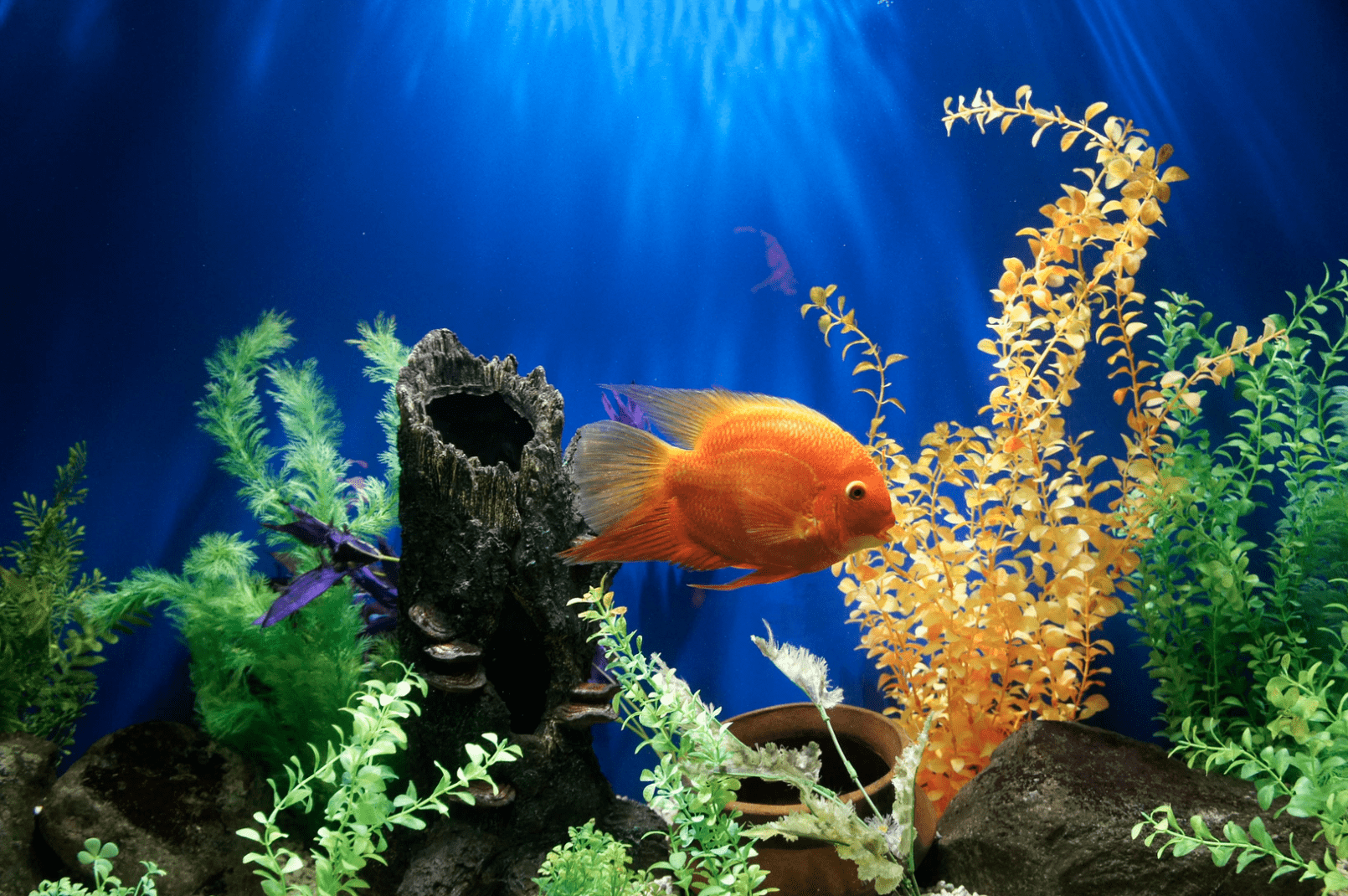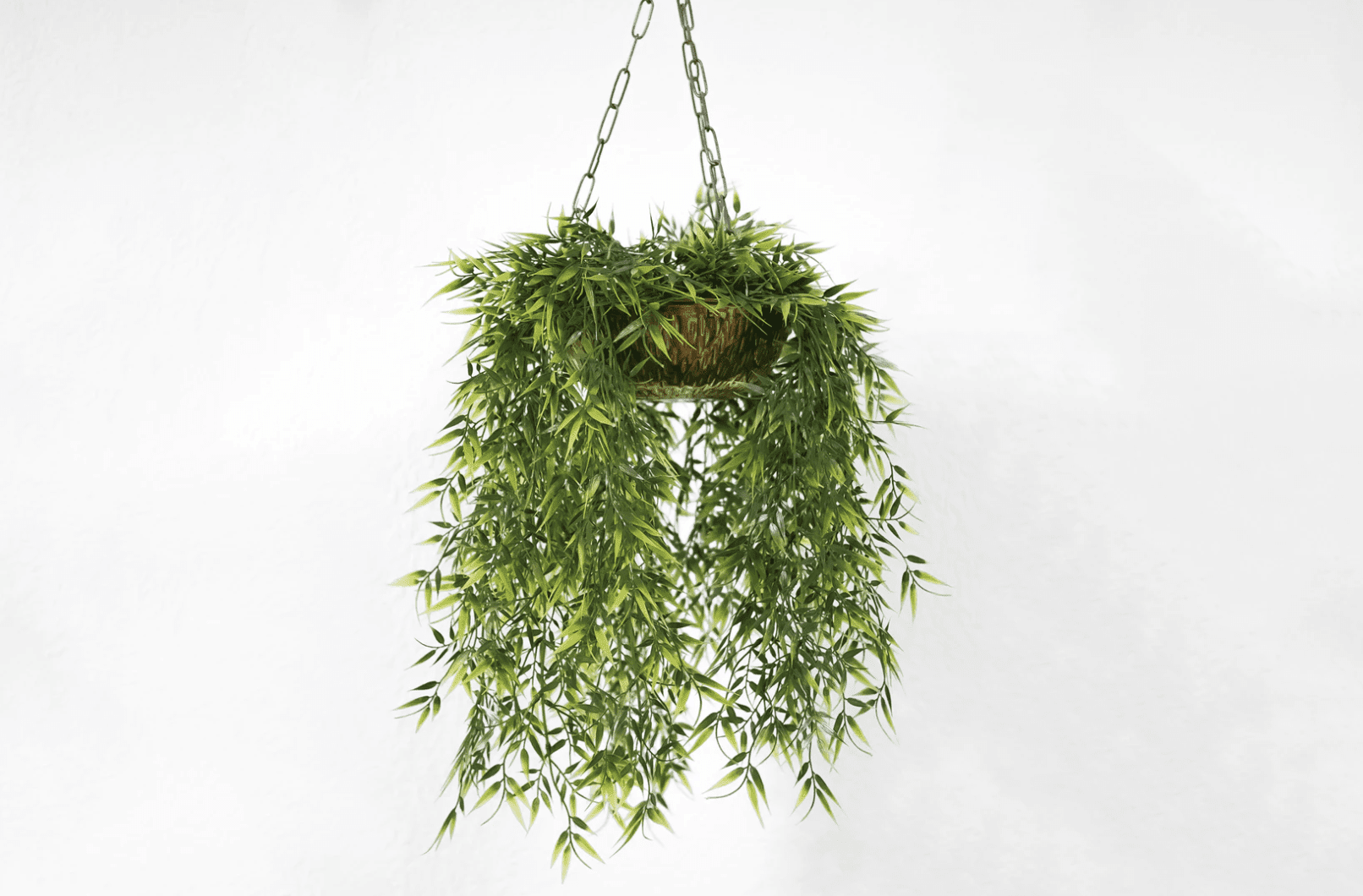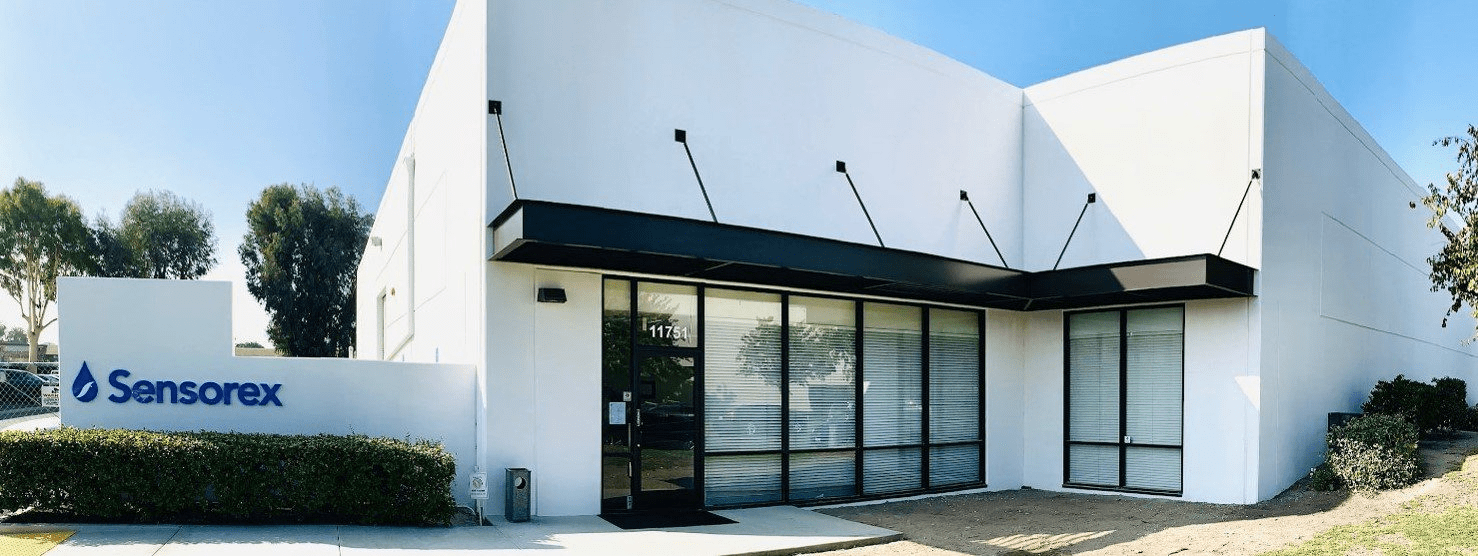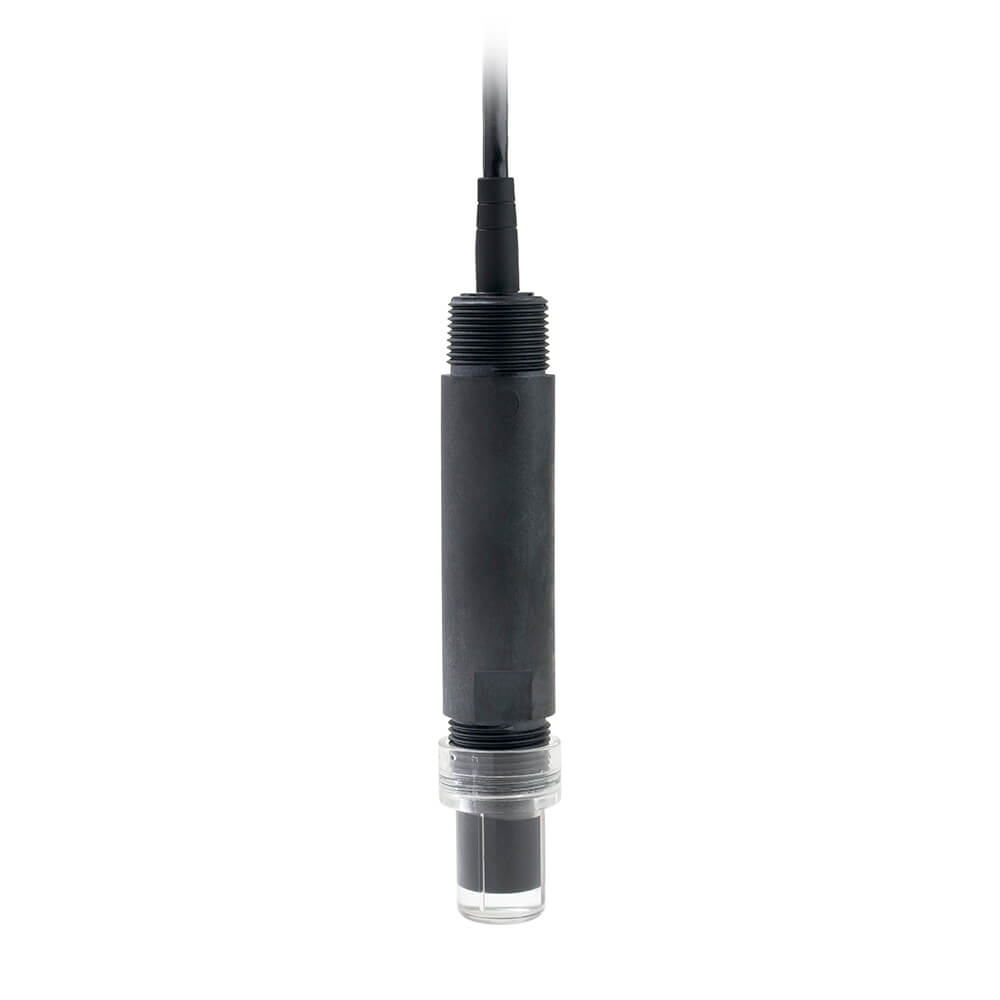03/24/2020 | Hydroponics | 8 MINUTE READ
Aquaponics vs Hydroponics: Which One Is Best For You?

Aquaponics involves growing fishes and plants together within the same environment, which is considered to be a sustainable process. On the other hand, hydroponics is a gardening method that allows for plants to be grown without the use of soil.
Both of these methods can be effective and beneficial depending on the application you are using them for. However, certain plants grow more effectively with one method or the other, which is why it’s recommended that you learn more about the differences between aquaponics and hydroponics.
This article goes in depth about these two growing methods so that you can identify which option is best for you.
What is Aquaponics?

Aquaponics is a growing method that involves fishes and plants being grown in the same environment. When you use this growing method, the waste from the fishes is converted directly into nitrates by the surrounding bacteria. These nitrates are used as food for the plants before the remaining water is returned to the fishes free from harmful contaminants, which creates an effective and efficient growth cycle that’s referred to as the nitrogen cycle.
While accumulation of the waste eventually becomes toxic for the fishes inside of the tank, the bacteria that’s introduced to the water converts the waste into helpful nitrates before any of the fish can be adversely affected. While the aquaponics farming and growing method is straightforward, there are many different systems that you can use for this method, which include everything from media beds and vertical towers to the Nutrient Film Technique.
What is Hydroponics?
Hydroponics is a popular method of growing plants that uses only chemical nutrients and water, which means that this method grows plants without using soil. This growing method is the primary technique that’s employed for growing basil, lettuce, and tomato throughout the U.S. While there are many notable benefits of using hydroponics to grow plants, hydroponics is commonly used because results are consistent and are able to produce high yields.
Hydroponics works by growing plants in a water-based solution that’s rich with nutrients. The roots of the plants are suspended directly in the nutrient-rich water, which gives them access to the substances they need to grow. At the same time, the remainder of the plants will have access to oxygen, which allows the growing process to continue without issue. There are many different types of hydroponic systems, most of which alter how the water flows and reaches the plants.
The Differences Between Aquaponics vs. Hydroponics

Despite the fact that both hydroponics and aquaponics are highly effective as growing methods for plants, there are some significant differences between the two techniques that you should be aware of before identifying which option is best for you. Since both of these methods are able to grow plants without the use of soil, both of them can be beneficial to you when you’re trying to avoid using soil. However, you will need to take time to learn about the method that you choose, which is why it’s important to know the differences between the two options.
The primary differences between aquaponics and hydroponics include:
Cost of chemical nutrient
Hydroponic systems require the use of chemical nutrients, which can be very costly. These nutrients have also become somewhat scarce in recent years, which has driven up costs even more. On the other hand, the fish feed that’s used in an aquaponics system is much more affordable.
Retain nutrient solution
While hydroponic systems require a high concentration of nutrients in the water, the systems will occasionally accumulate too much salts and chemicals to the point that the water would become toxic to the plants. As such, the water will need to be disposed of regularly. When using an aquaponics system, nitrogen is perfectly balanced in the water, which means that the water should never have to be replaced.
Productivity
After an aquaponics garden is fully up and running, which takes around six months, the plant growth results should be slightly more efficient and quicker when compared to a hydroponics system.
Ease of maintenance
An aquaponics system requires very little maintenance. On the other hand, the electrical conductivity of the water in a hydroponic system will need to be checked on a daily basis. Because of the natural ecosystem of growth that occurs in an aquaponics system, the water chemistry will remain relatively consistent. You will only need to check ammonia and pH levels around once per week as well as nitrate levels on a monthly basis.
Organic growth
The environment in a hydroponic system is man-made in nature. An aquaponics system is designed to replicate a wholly natural ecosystem, which makes the system organic. The nutrients that are used in a hydroponic system can be comprised of various salts and chemicals, which isn’t ideal for the environment. With aquaponics, the plant food is made from a natural process of converting fish waste, which allows for organic growth.
Pesticides
While insects are far less problematic in these systems because of the lack of soil, certain insects like thrips and spider mites can still be a nuisance that will need to be addressed. With a hydroponic system, you may need to use pesticides to get rid of these insects. However, aquaponics systems require non-chemical methods to make sure that the fish aren’t harmed.
pH
pH is a core component of any growth method that relies on water. When using a hydroponic system, the water should have a pH reading of 5.5-6.0, which makes for slightly acidic water. On the other hand, the pH level in an aquaponics system should be right around 6.8-7.0, which is considered to be neutral.
Similarities Between Aquaponics vs. Hydroponics

While these two systems have some notable differences, there are also several similarities that they have between them, which include:
Growing season
Both of these systems are known for having lengthy growing seasons when compared to traditional growing methods. Because these systems are typically placed indoors, you will be able to grow plants all throughout the year, which means that certain produce can be grown even during the off-season.
Lessened negative environmental impacts
Because plants are grown indoors with aquaponic and hydroponic systems, there are very little weed and pest issues to deal with. Because these systems rarely have to contend with such problems, you won’t be required to use as many chemicals in your garden, which reduces the possibility of adverse environmental impacts.
Faster growth
Because these plants are placed in systems that don’t use soil, they are able to grow at a rate of 30-50 percent faster than their traditional soil-based counterparts. This quick growth occurs because the plants have access to a higher amount of oxygen. The additional oxygen helps to encourage root growth and nutrient absorption.
Higher yields
Plants that are grown in a hydroponic system or aquaponics system are typically able to yield around 30-40 percent more than other growing methods. Higher yields are produced by decreased insect pressure and the plants receiving higher amounts of food on a consistent basis.
The Bottom Line Between Aquaponics and Hydroponics

Because of the faster growth and higher yields produced by both aquaponics and hydroponics, there’s no consensus on which of the two is the better growing method. Instead, you should make your decision based on the resources you have access to and which method you believe you would prefer.
For instance, if your main goal is to get the growing system up and running as quickly as possible, hydroponic systems usually have quicker setup times since you won’t need to focus on growing fish alongside the plants. If, however, you care more about the costs associated with the growing methods, aquaponics may be the best option for you since the chemical nutrients with hydroponic systems can be costly. In the end, the effectiveness of both systems means it doesn’t really matter which one you choose.
Sensorex’s Water Sensors
Here at Sensorex, the various water sensors that we provide can help you maintain the efficiency of aquaponic and hydroponic systems. If you set up an aquaponics system, you will need to conduct daily testing of the water to ensure that the water chemistry has the right balance. It’s highly important that you measure the conductivity of the water, the pH levels, and the dissolved oxygen levels. Since the fishes in your tank require a significant amount of oxygen to survive, your dissolved oxygen levels should be high. Shallow water fish require as much as 4-15 mg/l of dissolved oxygen, which is why testing the DO in the water is essential. You can do so with our Lumin-S optical sensor.
With a hydroponic system, your two most important measurements are electrical conductivity and pH, both of which are essential to make sure your nutrient-rich solution has the right chemistry. The best pH range for hydroponics is between 5.8-6.2, which you can measure daily with the S272CD pH sensor. As for electrical conductivity sensors, these are important if you want to precisely control the concentration of nutrients in your solution. Electrical conductivity can be accurately measured with the CS700 contacting conductivity sensor. No matter which sensor you choose, you’ll be provided with consistent and accurate results.
Contact Sensorex today to find out more about each of these sensors and how you can benefit from them.
Posted by Sensorex on March 24, 2020
Sensorex is a global leader in the design and manufacture of quality sensors for water quality and process applications. The company offers more than 2000 sensor packages for pH, ORP, conductivity, dissolved oxygen, free chlorine, chlorine dioxide, UV transmittance and other specialty measurements, as well as a full line of sensor accessories and transmitters. Its expert technical support engineers solve analytical sensor challenges with custom designs and off the shelf products.








